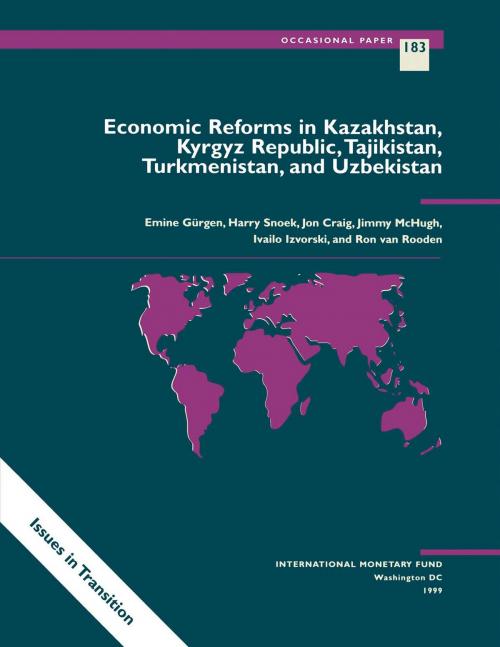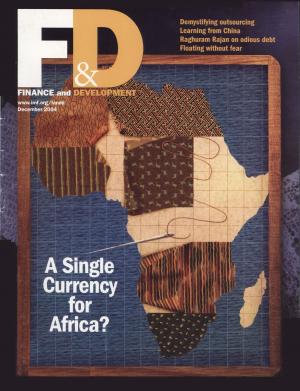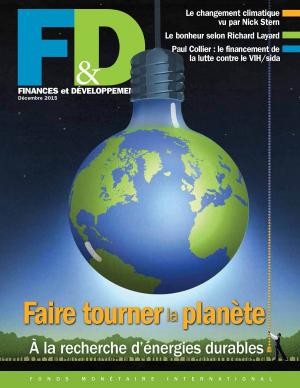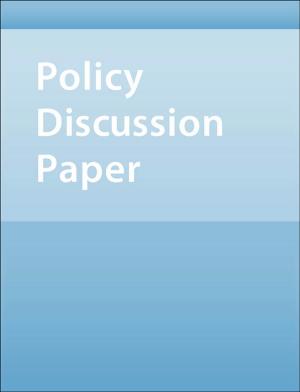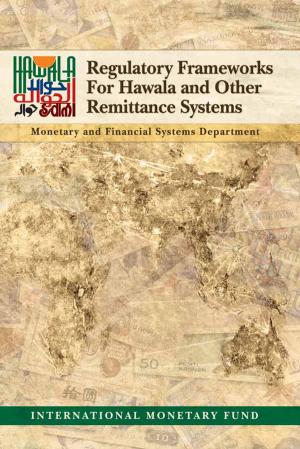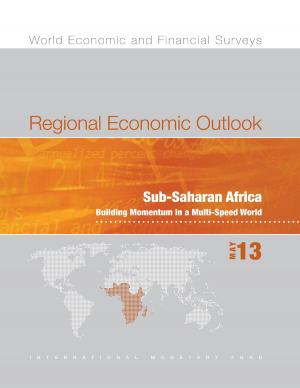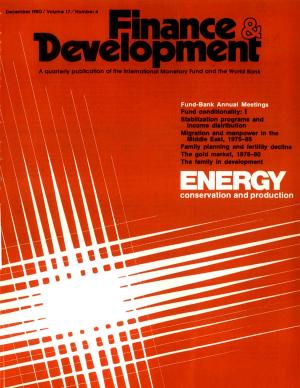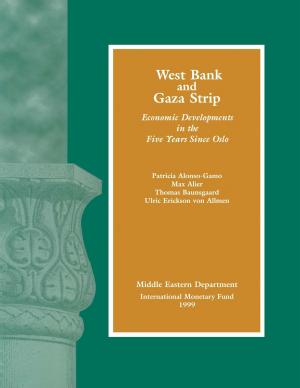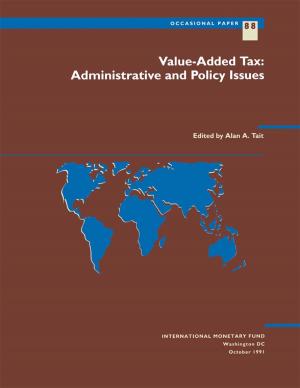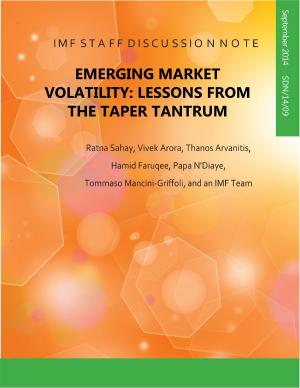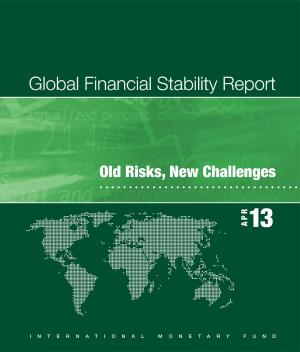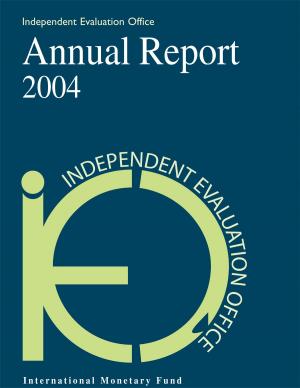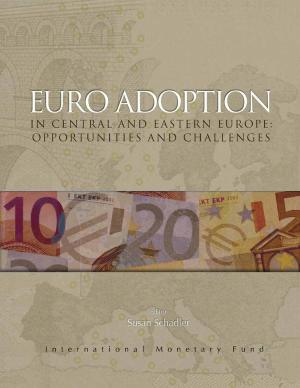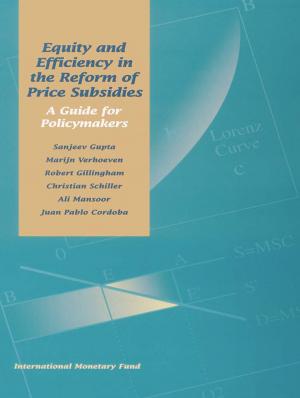Economic Reforms in Kazakhstan, Kyrgyz Republic, Tajikistan, Turkmenistan, and Uzbekistan
Business & Finance, Economics, Public Finance, Finance & Investing, Banks & Banking, Macroeconomics| Author: | International Monetary Fund | ISBN: | 9781452750996 |
| Publisher: | INTERNATIONAL MONETARY FUND | Publication: | August 31, 1999 |
| Imprint: | INTERNATIONAL MONETARY FUND | Language: | English |
| Author: | International Monetary Fund |
| ISBN: | 9781452750996 |
| Publisher: | INTERNATIONAL MONETARY FUND |
| Publication: | August 31, 1999 |
| Imprint: | INTERNATIONAL MONETARY FUND |
| Language: | English |
This occasional paper provides an overview of the economic reform experiences of the Central Asian states of the former Soviet Union since their independence at the turn of the decade. The choice of countries reflects not only a geographical grouping, but also similarities in the types of transition challenges faced by these countries notwithstanding considerable variations in their sizes, ethnic composition, resource endowments, and economic structures. The paper attempts to identify a number of key macroeconomic and structural areas where the slower reformers in the group might benefit from the experience of the faster reformes.
This occasional paper provides an overview of the economic reform experiences of the Central Asian states of the former Soviet Union since their independence at the turn of the decade. The choice of countries reflects not only a geographical grouping, but also similarities in the types of transition challenges faced by these countries notwithstanding considerable variations in their sizes, ethnic composition, resource endowments, and economic structures. The paper attempts to identify a number of key macroeconomic and structural areas where the slower reformers in the group might benefit from the experience of the faster reformes.
